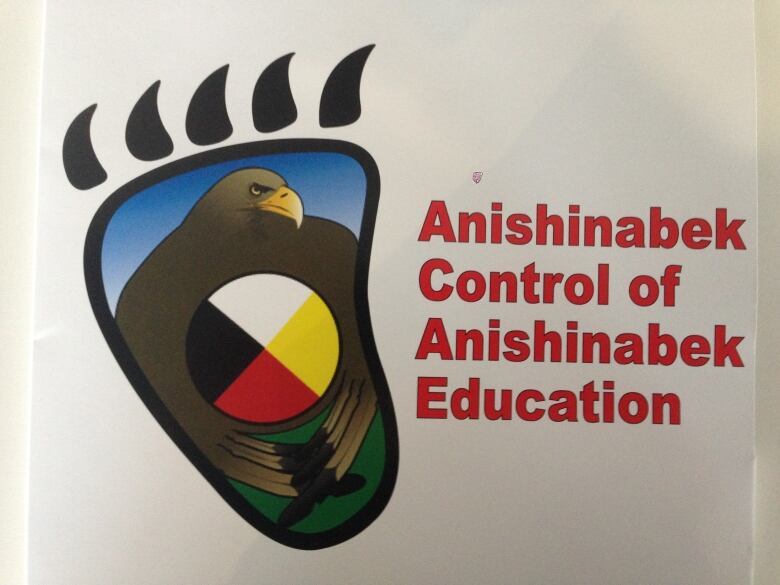Anishinabek First Nations ready for vote on historic education reform
Aim of new system if it gets the vote this November is to create a separate Indigenous schoolboard
An historic vote this wintercould change how many of Ontario's First Nations youth are taught both on and off reserve.
Members of the Anishinabek First Nations will decide this November whether they want to create their own education system for students from kindergarten to grade twelve.
The proposed system would affect 26,000studentswho belong to 32 First Nations across the province. Many of them are locatedin northern Ontario, including Nipissing, Wahnapitae, Atikameksheng, Dokis and Sagamok.
The aim is to establishcurriculum created with culturally-appropriate learning for students including aboriginal history and language education along with subjects like English, math, and geography.
According to theAnishinabekNation Grand Council, the graduation rate for First Nations youth is 50 per cent lower than the provincial average.
A20-year wait
Gaining self-governance over how First Nations children are educated hasbeen a long time coming, according to Magnetawan deputy chief Lloyd Myke.
The education-advocate has been travelling to different communities answering questions inpreparation for the vote.
"We've always believed that our culture and our heritage and our language are core beliefs to what we feel that our children need to have to succeed," Myke said.

More than 90 per cent ofAnishinabekyouthattendprovincially-run schools off-reserve, Myke said.Decisions would need tobe made as to how the First Nationseducation system could operatewithin or outside the current provincial system.
The planis to create a separate Indigenous council, similar to a schoolboard, that would be run byFirst Nations. That organization would be tasked with setting standards and delivering the $100 million in annual federal dollars to schools.
The process to get herehas taken 20 years, Myke said, and both levels of government appear ready to finally make it happen.
"This is the first time that anything of this large scale is going on across Canada," Myke said.
"There's a lot of first nation communities outside of Ontario that are looking at our model."












_(720p).jpg)


 OFFICIAL HD MUSIC VIDEO.jpg)
.jpg)



























































































